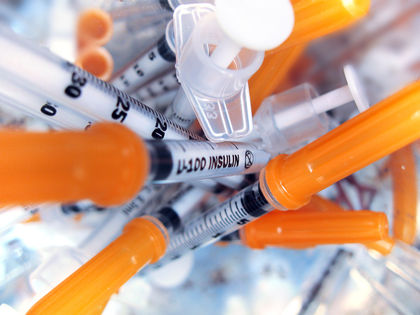Dental Clinics suggest treatments such as fillings, polishing, implants, extractions, and basic scheduled checkups. A lot of hazardous plus non-hazardous waste is generated during the treatment. A mixture of waste gets accumulated in the healthcare centers as a result of the treatment. However, these wastes can be risky for humans and the environment as well. The department of waste management treatment needs to be handled separately with the help of labeling and disposing, in such a way that it avoids the risks.
Two types of wastes handled in oral healthcare centers:
Regulated Hazardous Medical Waste
The medical sharps like needles, syringes, etc. along with Band-Aids, gowns, and masks are categorized as medical waste that is generated, from dental health care centers. Regulated medical wastes increase the risk of contagious diseases. According to the microbiologic view, these wastes are not placed in a disinfected site. To avoid dangers medical waste must be disposed, of with destruction and proper sanitization.
Hazardous Medical Wastes
Hazardous medical wastes consist of contaminated products that have a high threat to health and the environment. These wastes are usually the leftovers that get disposed of in the environment. Disinfectants, X-ray films, universal wastes, and X-rays can fall into this category.
Understanding the type of medical waste requires proper classification to deal with the medical wastes. Regarding this, dental sharps discardingare the regulated dangerous medical waste that requires care and precautions. While handling these with bare hands can cause stabs. This results in risks being involved in the transmission of contagious diseases.
Managing Dental Medical Wastes
- Mercury Amalgam Wastes: Amalgam includes mercury, a hazardous chemical that enters the environment through wastewater. It is very dangerous so, some separators are placed near chair sides to sieve wastewater to minimize the risk of getting it into the environment. To handle these wastes, they should be sealed to stay away from any kind of risks.
- Silver Containing Wastes: There areX-ray fixers that contain high silver content. It’s important to collect them separately to avoid them from washing down in the drain. They are not harmful to humans but have undesirable effects on the surroundings. These days, digital imaging equipment is used, to avoid disposal challenges.
- Sharps and Blood-Soaked Gauges: If Sharps are not managed properly, then they can cause punctures and highly communicable diseases. To deal with the sharps they should be packed in a disposable plastic sealed bag, it will decrease the risks of diseases. The blood-induced gauges during the surgery of teeth and other treatments are to be handled in a leak-proof container to avoid pathogenic infectious diseases.
Summing Up
Medical waste treatment is necessary as it avoids serious risks of spreading diseases. So management of wastes requires special techniques. Managing Dental sharps disposal requires special procedures because it may cause cuts on the skin. It gives rise to several infections related to the skin, which, may result in allergies. To lessen the risks they should be handled, with proper strategies.









